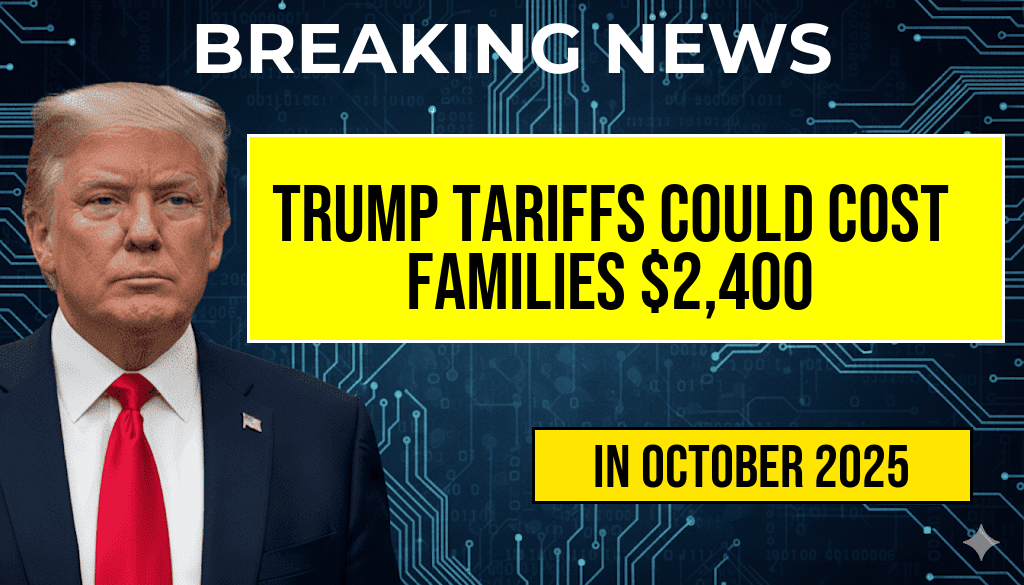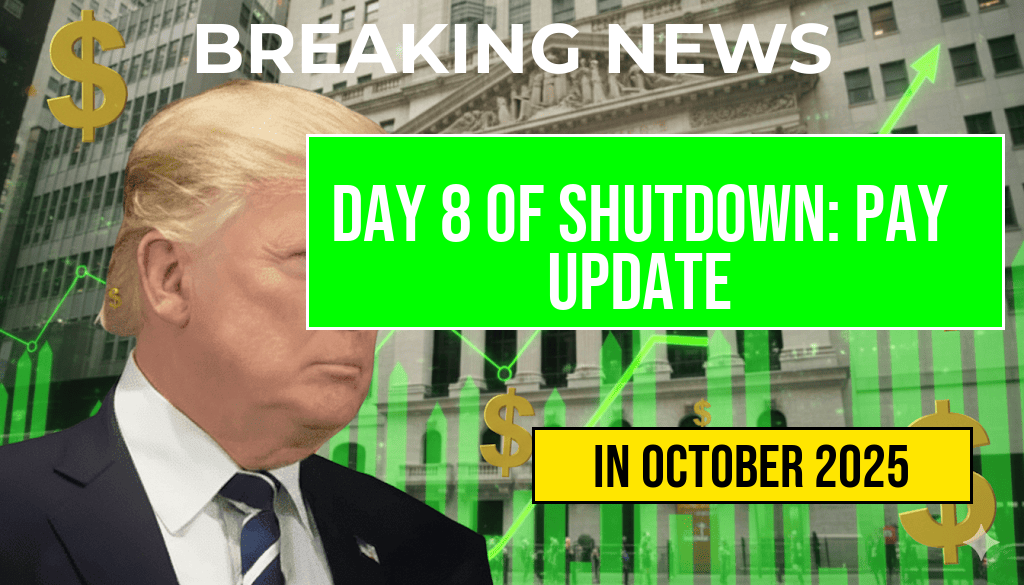Recent analyses indicate that the lingering effects of the Trump-era tariffs could be costing the average American family approximately $2,400 annually. These tariffs, initially implemented to reshape trade dynamics, continue to ripple through the economy, influencing prices on everyday goods, from electronics to clothing. While policymakers debate their long-term benefits, consumers bear the brunt through increased costs that subtly, yet steadily, strain household budgets. This article examines the detailed breakdown of how tariffs translate into higher expenses, the specific sectors affected, and what families can expect moving forward.
Understanding the “Turbulence Tax”: How Tariffs Impact Household Spending
The term “Turbulence Tax” has emerged as a colloquial way to describe the hidden costs families face due to tariffs. Essentially, tariffs are taxes imposed on imported goods, raising the cost of products sourced overseas. When these costs are passed down the supply chain, consumers encounter higher retail prices. This phenomenon is particularly impactful for products that lack domestic alternatives or where global supply chains are tightly integrated.
Key Sectors Affected by Tariffs
- Electronics and Appliances: Imported electronics, including smartphones, laptops, and home appliances, often see increased costs due to tariffs, raising prices by an estimated 5-10%.
- Apparel and Footwear: Clothing and shoes frequently imported from overseas are subject to tariffs that can add up to 20% or more, significantly impacting retail prices.
- Furniture and Home Goods: Many furniture items are manufactured abroad, with tariffs pushing up costs for consumers by approximately 8-15%.
- Automotive Parts and Vehicles: Although the impact is more pronounced in vehicle manufacturing, imported parts for repair and replacement contribute to higher consumer prices.
Quantifying the Cost: How $2,400 Adds Up
The estimated annual increase of $2,400 per family stems from a combination of rising prices across these sectors. According to economic models, the average household spends roughly $12,000 annually on goods that are affected by tariffs. When price increases of 10-20% are factored in, the total additional expense aligns with the $2,400 figure.
| Product Category | Average Annual Spending | Estimated Price Increase | Additional Cost |
|---|---|---|---|
| Electronics & Appliances | $3,000 | 10% | $300 |
| Clothing & Footwear | $2,500 | 15% | $375 |
| Furniture & Home Goods | $2,000 | 10% | $200 |
| Automotive Parts & Accessories | $4,500 | 8% | $360 |
| Total Additional Cost | $1,235 | ||
While this table illustrates a simplified breakdown, the cumulative effect across all affected categories can push the total closer to the $2,400 mark, especially considering indirect costs and inflationary pressures.
Broader Economic Implications and Consumer Sentiment
The persistent tariffs have sparked debate among economists and policymakers. Critics argue that these measures distort market efficiencies, leading to higher prices for consumers and potential retaliation from trading partners. Conversely, supporters contend that tariffs serve as leverage to renegotiate trade agreements and protect domestic industries.
For families, the immediate consequence manifests as tighter budgets and reduced purchasing power. A report by Forbes highlights how these increased costs can influence discretionary spending, potentially dampening economic growth if consumer confidence wanes.
Potential Strategies for Consumers
- Shop Domestic: Prioritize purchases from U.S.-based manufacturers when possible to avoid tariff-inflated prices.
- Buy in Bulk: Stocking up on essential goods during sales can mitigate the impact of future price hikes.
- Stay Informed: Monitor tariff policy updates to anticipate and plan for potential cost increases.
Looking Ahead: Policy Changes and Market Adjustments
While the Biden administration has taken steps to reduce certain tariffs and negotiate trade agreements, many measures remain in place. Market adaptation is ongoing, with some companies exploring alternative sourcing strategies or passing costs onto consumers gradually. The long-term trajectory of tariffs will significantly influence household expenses, with some experts suggesting that a reduction could alleviate the “Turbulence Tax.”
For more on how trade policies shape the economy, visit Trade Policy – Wikipedia.
Frequently Asked Questions
What are the main components of the “Turbulence Tax” mentioned in the article?
The “Turbulence Tax” primarily includes **tariffs** imposed during the Trump administration, which increase the cost of imported goods. These tariffs lead to higher prices for everyday items, contributing an estimated **$2,400** annually to family expenses.
How do tariffs impact the average family budget?
Tariffs raise the cost of imported products, resulting in higher prices for consumers. According to the article, these increased costs can add up to approximately **$2,400** per year for an average family, affecting their overall **budget** and **spending power**.
Which goods are most affected by these tariffs?
The tariffs mainly target **consumer electronics**, **clothing**, **automobile parts**, and **food products**. These categories see the most significant price increases, directly impacting households’ **everyday expenses**.
Are there long-term economic implications of the “Turbulence Tax”?
Yes, the increased tariffs can lead to **higher inflation**, **reduced consumer purchasing power**, and potential **retaliation** from trading partners. These factors may slow economic growth and alter **market dynamics** in the long run.
What actions can families take to mitigate the impact of tariffs on their budgets?
Families can consider **shopping smarter**, exploring **alternative goods** from non-tariffed countries, and **budgeting carefully** to offset increased costs. Staying informed about **trade policies** can also help consumers make better purchasing decisions.








